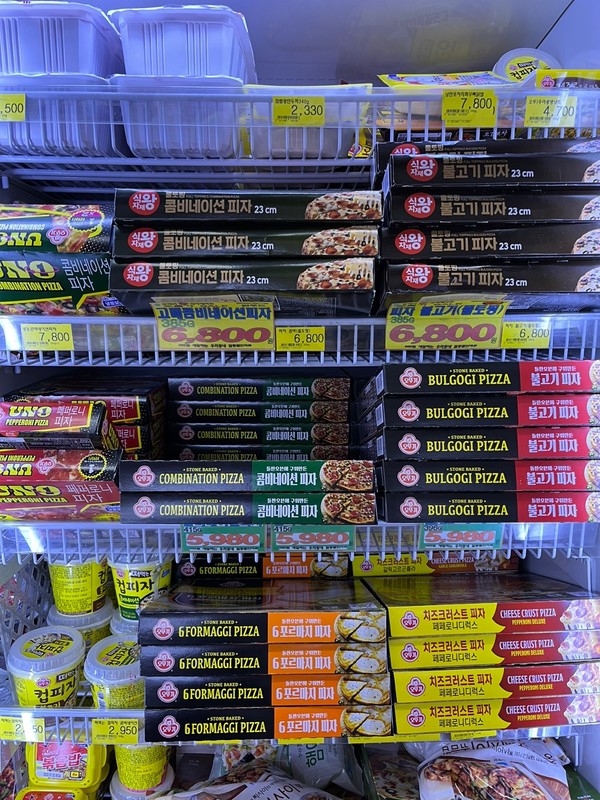
The costs of typical dining out items in Korea continued steeply increasing in April. Naengmyon costs 11,000 won, Samgyopssal 20,000 won, and Jjajangmyon 7,000 won.
On May 17, the average prices of eight popular dishes in Seoul increased by up to 13 percent last month compared to last year according to ChamGagyeok, the food information portal of the Korea Consumer Agency. Additionally, dining out costs have risen every month for 29 consecutive months since December 2020 based on the research of the Korean Statistical Information Service. As of last month, there are only four food items that can be eaten for 10,000 won: Kimchi Jjigae Baekban, Jjajangmyon, Kalguksu, and Kimbap.
The main reasons for this eating-out price inflation are accumulated increases in the cost of raw materials such as crude grains and in labor costs. Moreover, the outbreak of the Russian-Ukrainian war last year, which worsened the international food supply, has led to an increase in the price of raw materials such as raw wheat and edible oil. As these factors are staggered, eating-out prices have continued to rise. In addition, the easing of COVID-19 quarantine measures may have shifted demand from groceries to dining out.
These increases in dining out costs are driving sales of convenience foods such as convenience store bento boxes, Kimbap, and meal kits. CU analyzed the sales trend of convenience foods during lunchtime this year and found that bento boxes took first place in sales and kimbap took first place in sales volume. Furthermore, online grocery shopping is also showing an increase in sales of convenience foods such as chicken and pizza. Curly, the typical online grocery shopping platform, analyzed the sales of convenience foods sold on Market Curly and found that seasoned chicken increased by 100 percent, chicken wings by 35 percent, and chicken products by 12 percent year-on-year through April.

